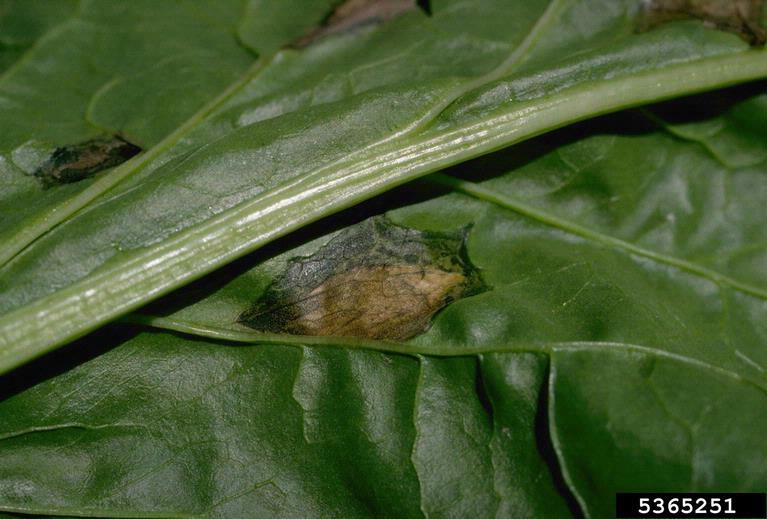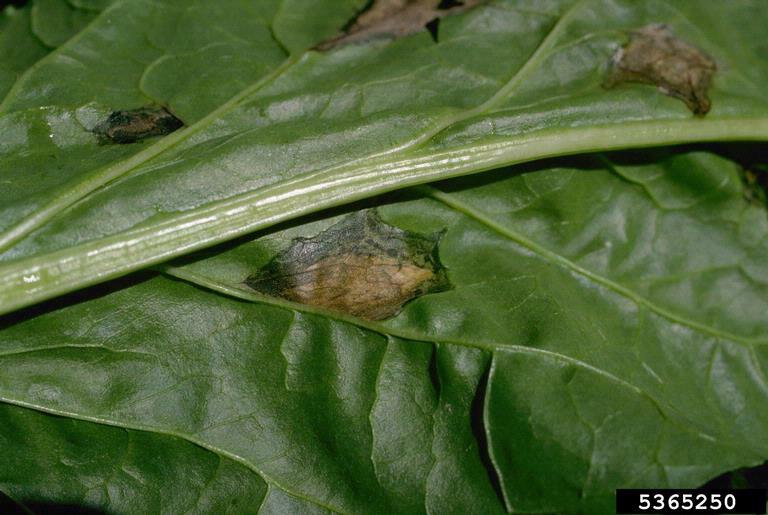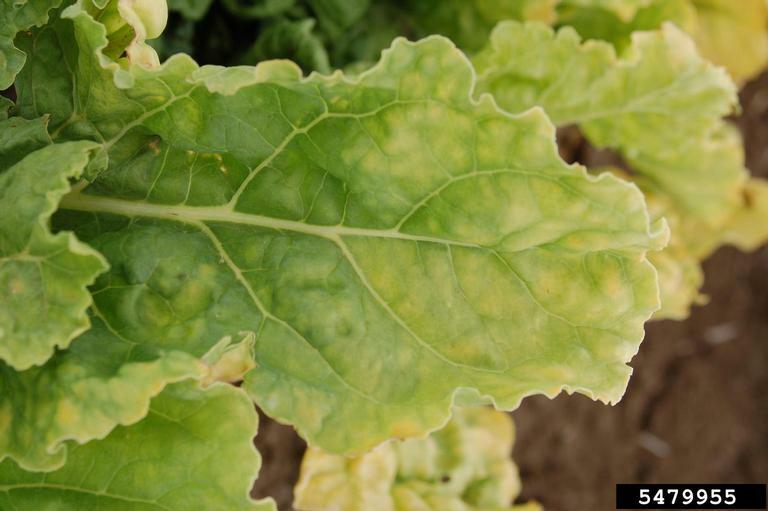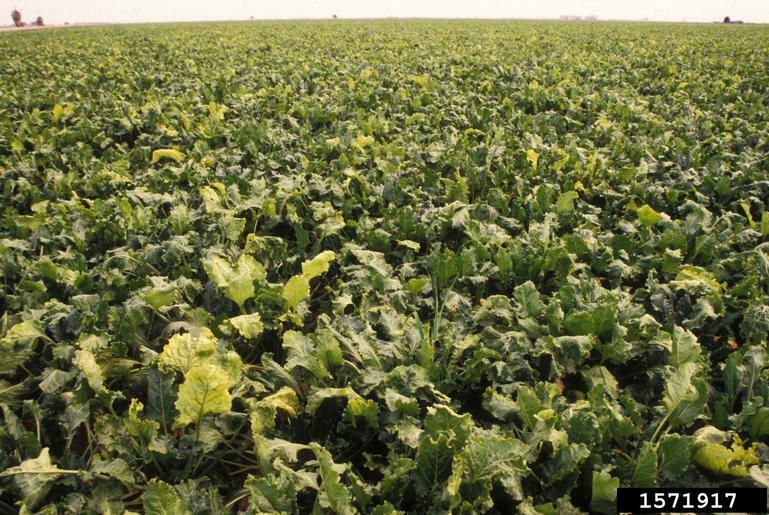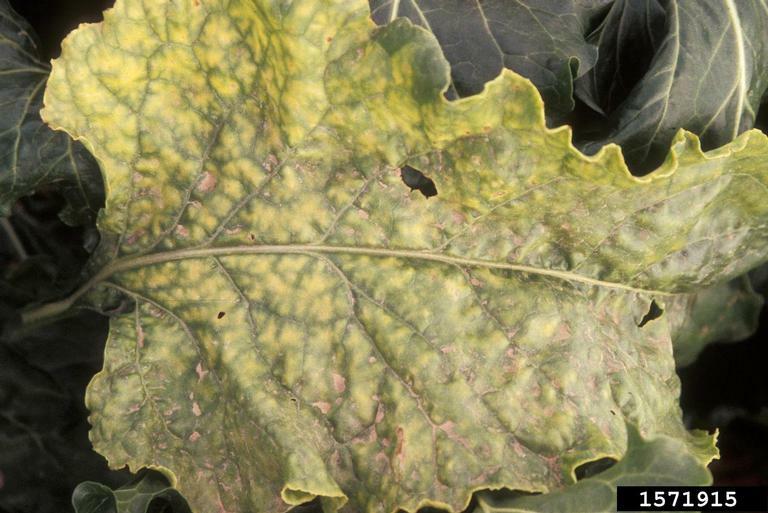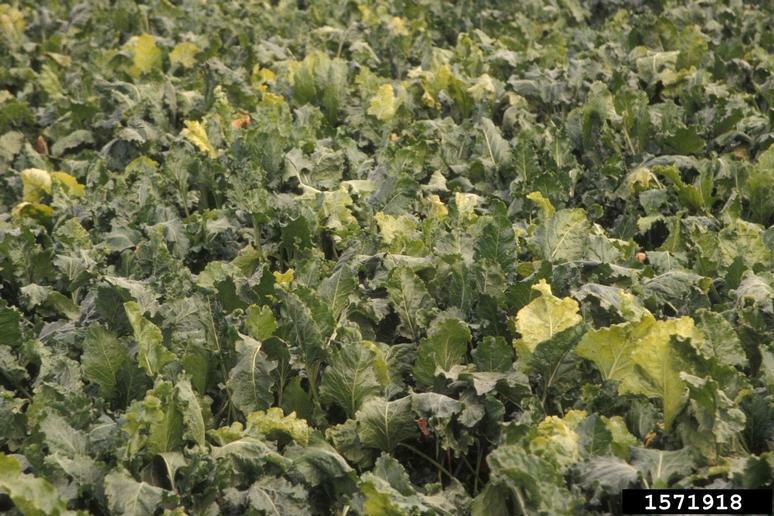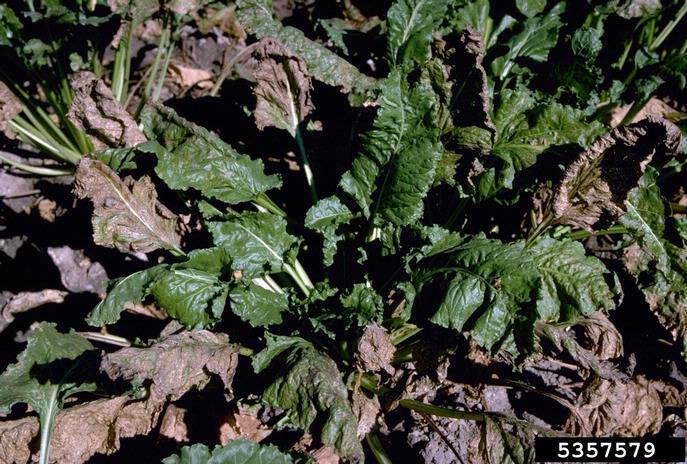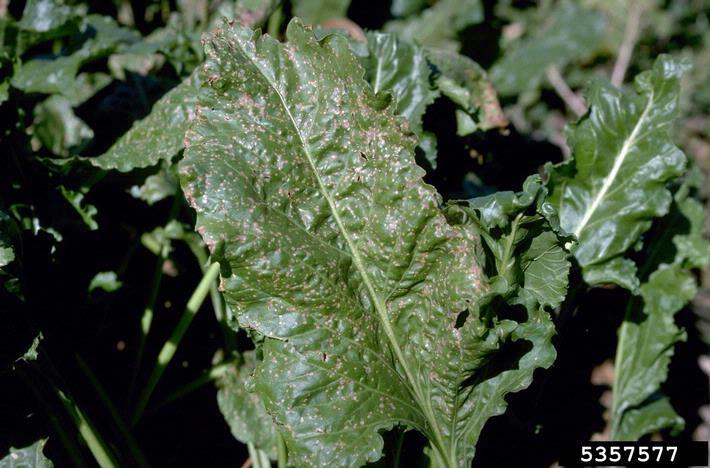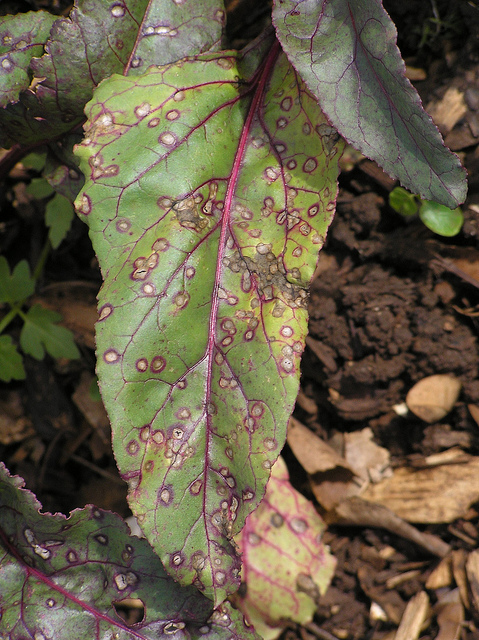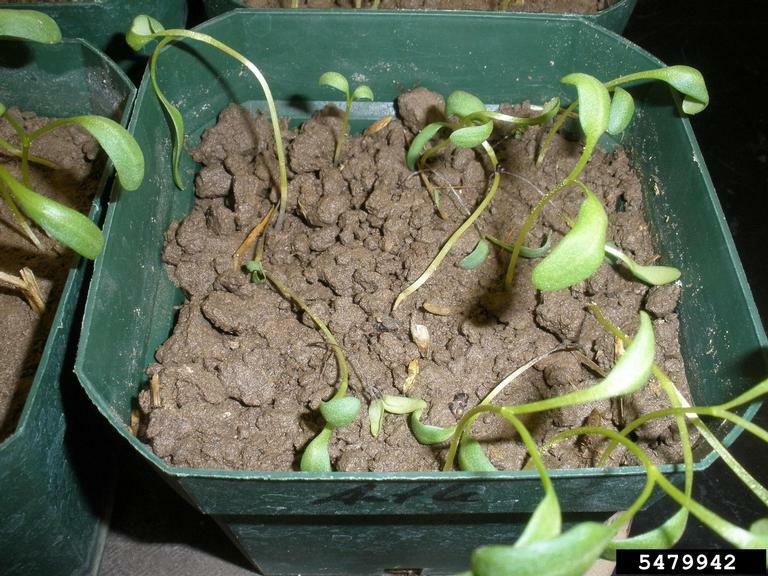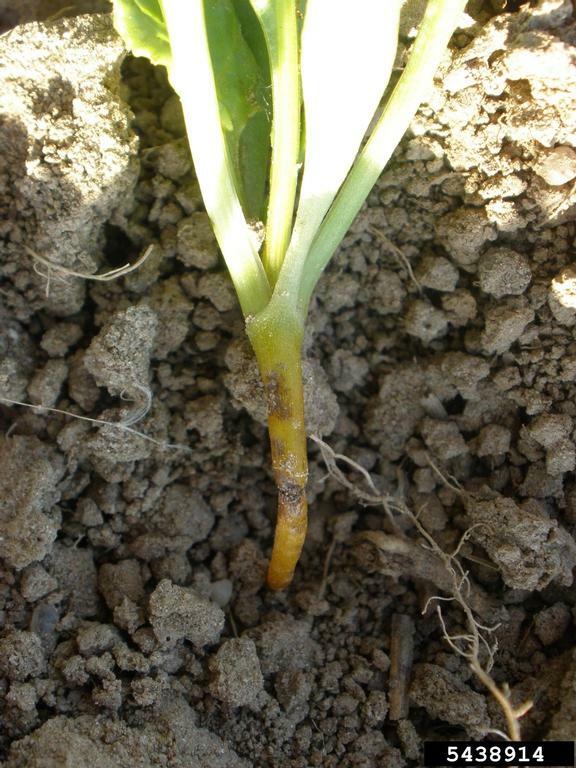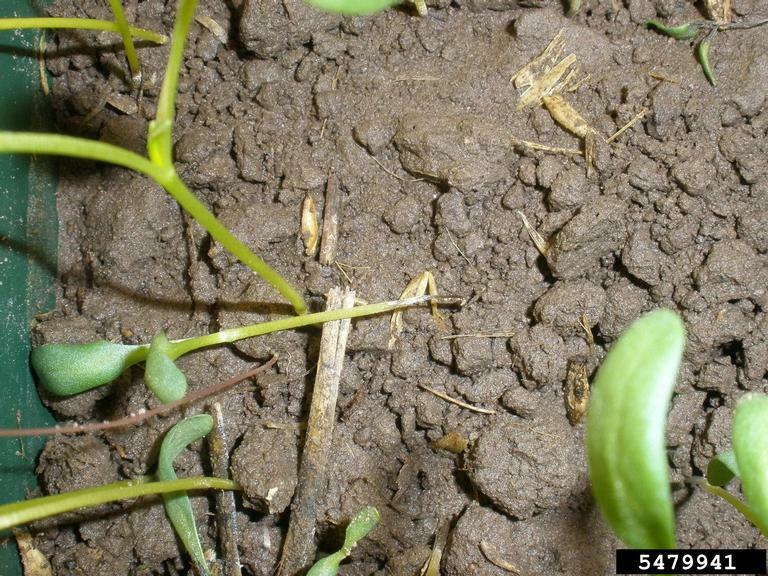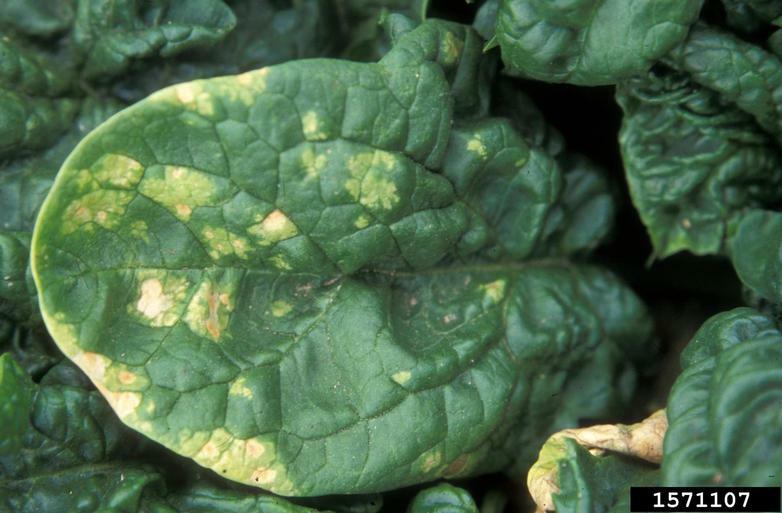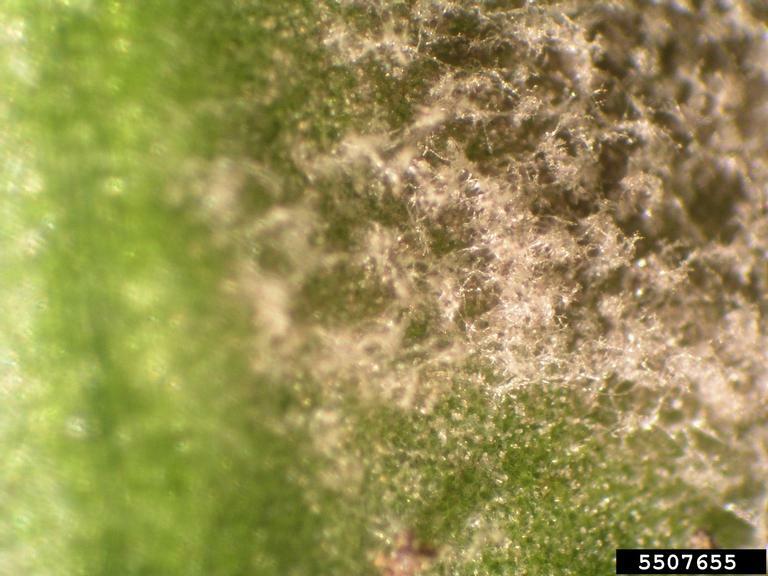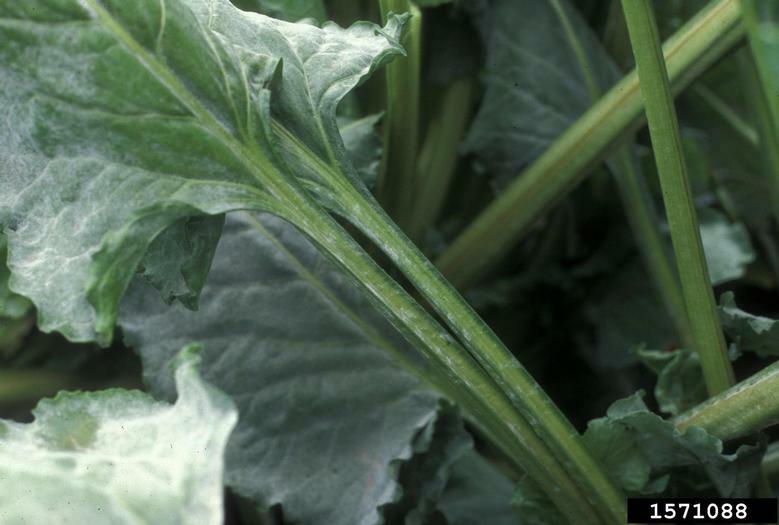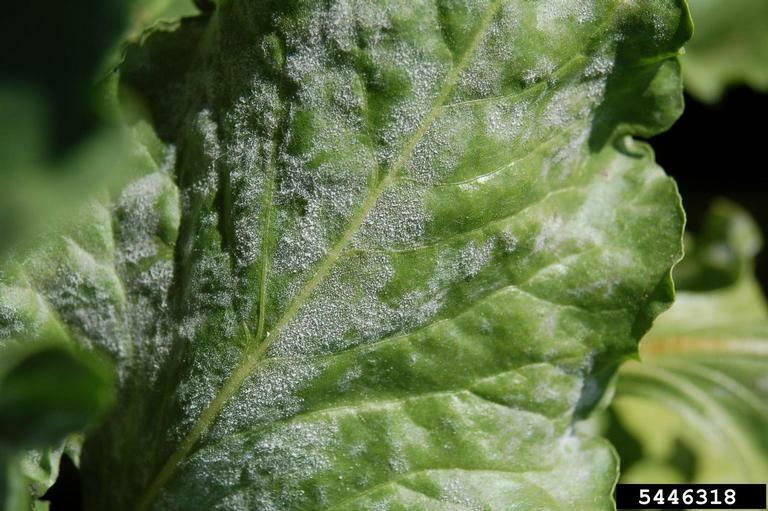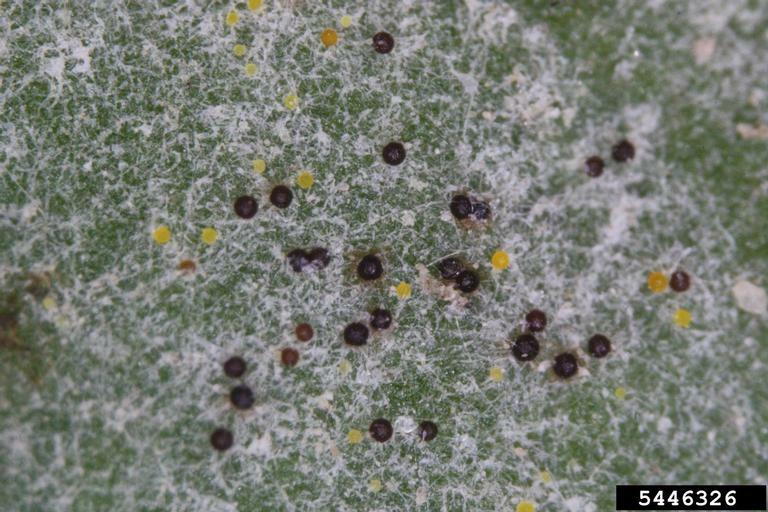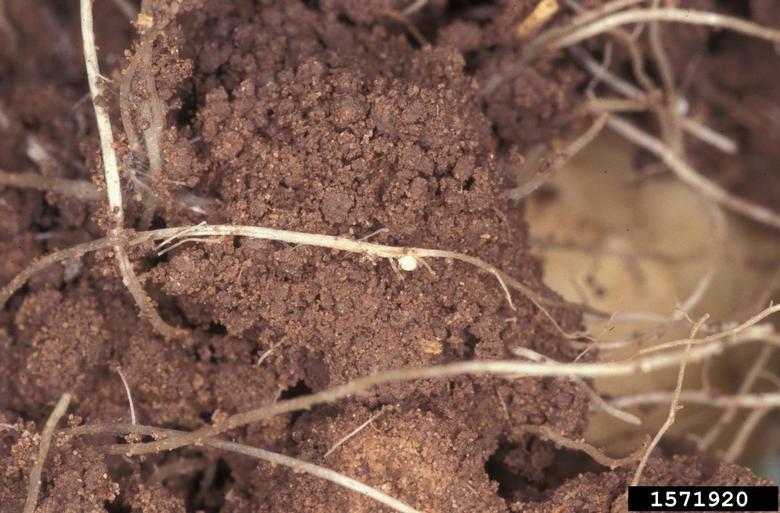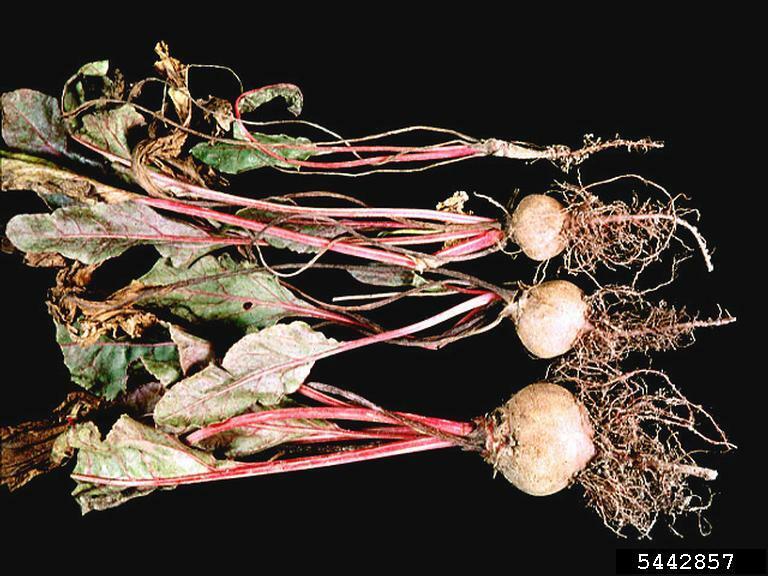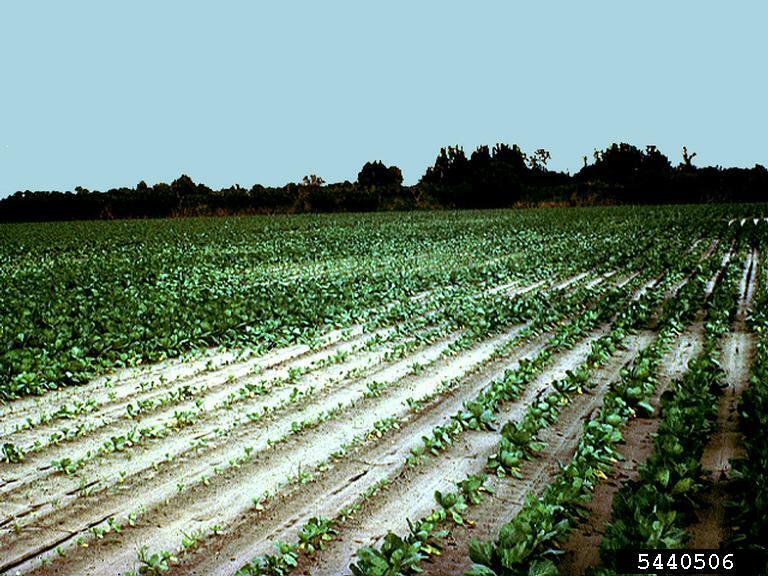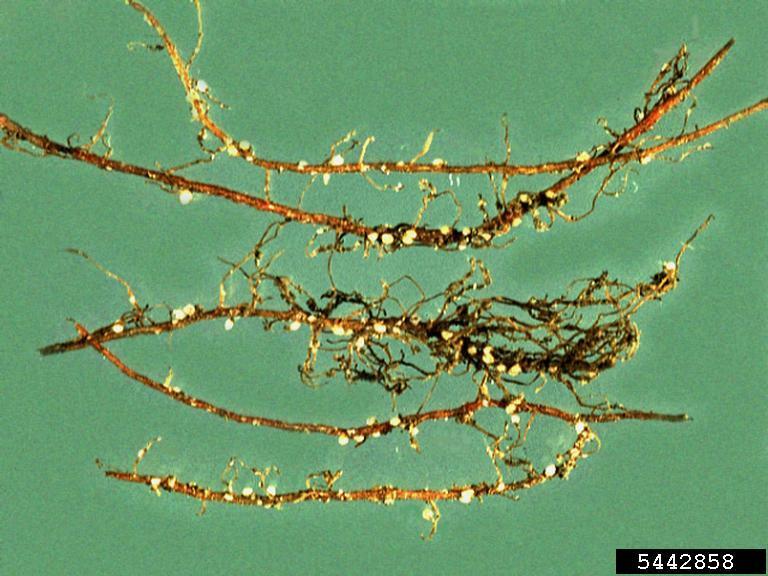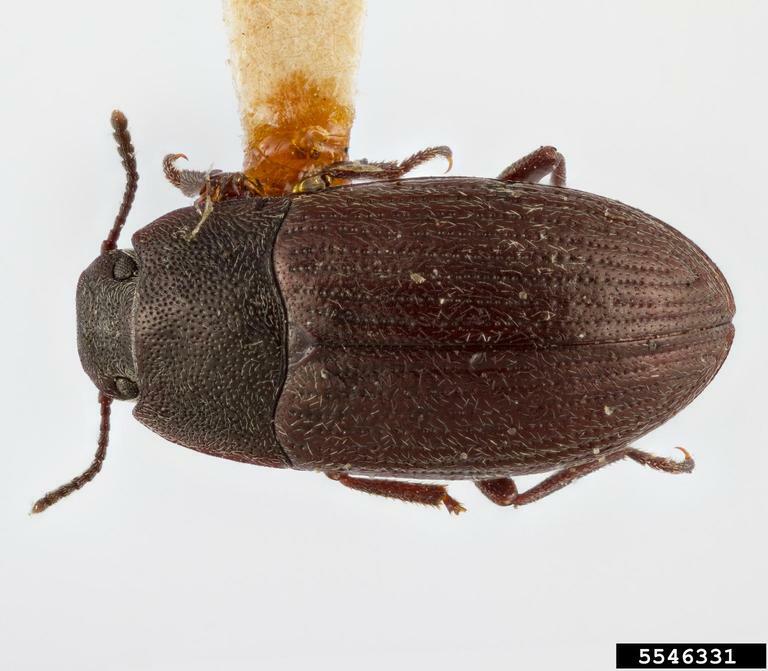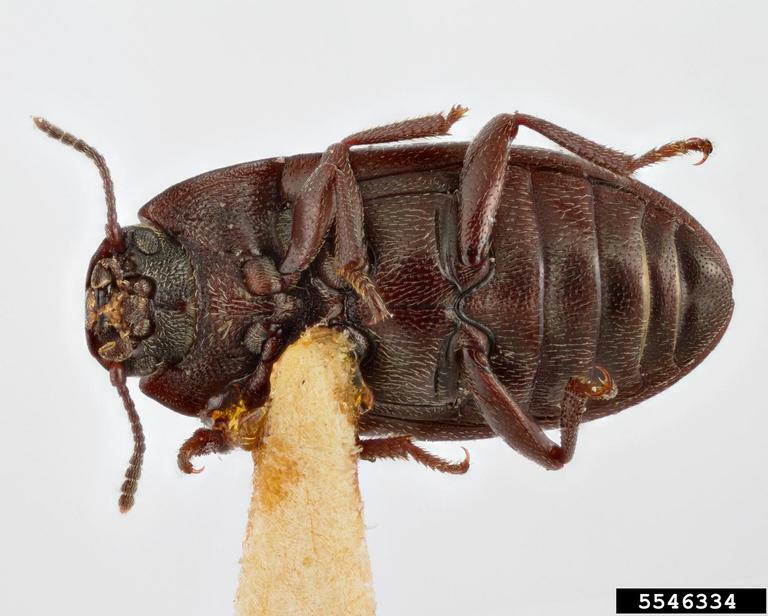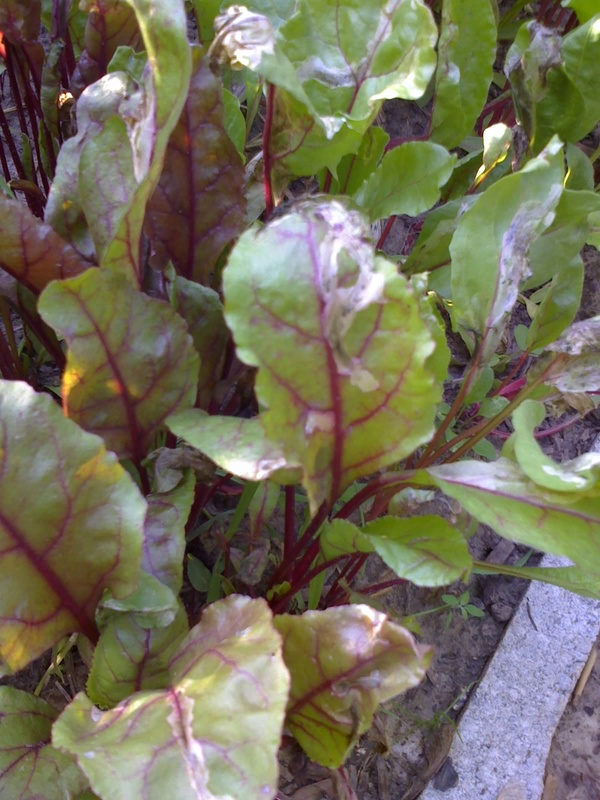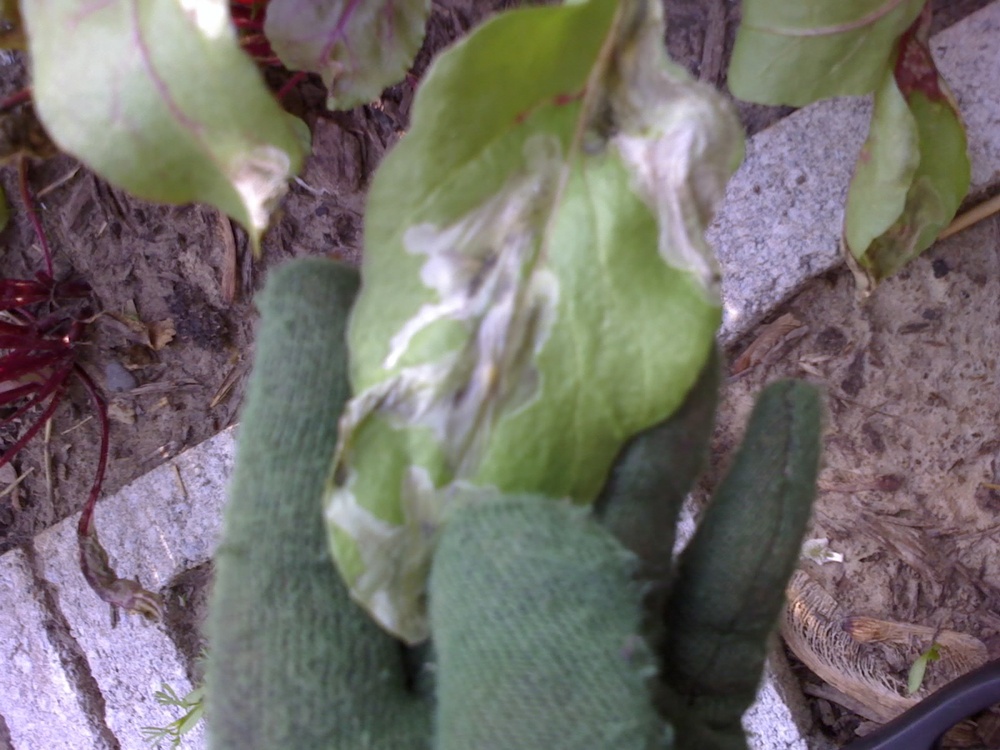Beet
Description
Beets, Beta vulgaris, are herbaceous biennial root vegetables in the family Chenopodiaceae grown for their edible root and young leaves. The plant is usually erect with a long main root and a rosette of leaves growing on stems.
The leaves are oval in shape, arranged alternately on the stem and grow 20–40 cm (7.9–15.7 in) in length. The roots are usually red, purple, white or golden in color and either round or cylindrical. Leaves are similar to their close relative Swiss chard. The plant produces sessile green flowers and can reach 1–2 m (3.3–6.6 ft) in height. Beets are usually grown as annual plants, harvested after one growing season.
Beets originated from the Mediterranean with Russia being the largest producer of sugar beets. They may also be referred to as beetroot, garden beet or spinach beet.
Crop Details
Scientific Name: Beta vulgaris
Common Name: beetroot (En); barbabietola (Italian); betterave (Fr)
Uses & Benefits
The roots are consumed after boiling and may be pickled in vinegar. The leaves of the spinach beet plant are consumed as a herb in Indonesia and Japan. Chemicals like betalain in the roots can be extracted and used as food coloring.
Beets contain a significant amount of vitamins A and C, calcium, iron, phosphorus, potassium, protein and carbohydrates. Beets are also high in folate, dietary fiber and antioxidants. They are high in betaine which is prescribed to lower toxic levels of homocysteine (Hcy) (which contributes to the development of heart disease, stroke and peripheral vascular disease). The highest levels of vitamins and other nutrients are available when the vegetables are eaten raw. The beet greens are high in vitamin A.
Varieties of Beet
Some of the varieties of beet include the following:
Red Beet: This is the most common and widely recognized beet variety. It has a deep red-purple flesh and skin. It contains an earthy and sweet flavor. Red beets are typically used in salads, pickling, and roasting.
Golden Beet: They have a vibrant yellow or golden flesh and a milder, sweeter flavor compared to red beets. They can be used in the same ways as red beets and are often preferred for their more delicate flavor.
Chioggia Beet: Also known as candy cane or candy stripe beets have pink and white rings on the inside creating a striking appearance. They have a mild, sweet flavor and are often used in salads to add a pop of color.
Cylindra Beet: Cylindra beets are elongated and cylindrical in shape, making them easy to slice and use in dishes like beet chips or for pickling. Contains a sweet and tender flavor.
Detroit Dark Red Beet: This heirloom variety is known for its deep, dark red color and sweet flavor. It's excellent for both fresh eating and canning.
Bull's Blood Beet: Bull's Blood beets have dark maroon leaves and deep red roots. They are often grown for their edible greens and are used in salads or as a colorful garnish. They have an earthy and slightly sweet taste.
White Beet: White beets have white flesh and a mild, slightly sweet flavor. They are less common than red or golden beets but can be used in various recipes.
Baby Beets: These are simply young beets harvested at an early stage when they are small and tender. They can be red, golden, or any other variety, and are often used in salads or as a side dish.
Forono Beet: These beets are short and cylindrical, making them easy to slice into uniform rounds for cooking or pickling. Contains a sweet and tender taste.
Propagation
Basic Requirements
Beets are cool season vegetables with a long growing season. They grow best in cool climates but can tolerate some heat as well as some freezing. The optimum temperature for their growth is between 15.5 and 18.3°C (60–65°F). Beets grow best in a loose, well draining soil with a pH between 6.2 and 6.8 and should be planted in full sun for optimum development. They have a long taproot, therefore they like well drained soil that contain an abundant amount of organic matter.
Growing from Seed
Beets are directly seeded and can be planted as soon as the soil is workable in Spring. The soil should be prepared for planting by ensuring land is well prepared with good drainage and enough organic matter.
The seeds are multi-germ clusters with two to five seeds. They are slow to germinate, so pre-soaking the seeds for 12 hours will encourage rapid and more even germination. Plant one seed every 2.5 cm (1 in) at a depth of 13 mm (0.5 in) in rows spaced 30–40 cm (12–16 in) apart. Keep the seedbed well watered. Seedlings should emerge in 5 to 17 days at temperatures between 10 and 24°C (50–75°F).
When seedlings have reached between 7 and 10 cm (3–4 in) in height, thin to a final spacing of 7–10 cm (3–4 in) between plants. For a continuous harvest, plant seeds every 2–3 weeks as long as the daytime temperature stays below 26.6°C (80°F). Most beet varieties mature in 55 to 70 days.
Beetroot takes about two months to grow from sowing to maturity, mature height of the plant is about 9 cm.
General Care and Maintenance
Keep the area around your beet plants free of weeds, as they can compete for nutrients and water. Remove any weeds around plants by cultivating shallowly to avoid damaging the developing roots. Use mulch (such as straw or wood chips) to help suppress weeds and retain soil moisture.
Thin beet seedlings when they are about 2-3 inches tall to provide adequate spacing between plants. This prevents overcrowding, allowing roots to develop properly. Leave the healthiest-looking seedlings, spacing them 3-4 inches apart in rows.
Test your soil to determine its nutrient content, and fertilize accordingly. Beets generally benefit from well-balanced, fertile soil. Beets also require an adequate supply of nutrients, particularly phosphorus. Apply a balanced, slow-release fertilizer or organic compost before planting. Avoid excessive nitrogen, as it can lead to excessive leaf growth at the expense of root development.
Even watering will promote the development of good quality roots and prevent the formation of rings in the root. Keep the soil consistently moist but not waterlogged. Beets prefer even moisture to prevent cracking and toughening of the roots. Water deeply and regularly, especially during dry spells. Aim for at least 1 inch of water per week, either from rainfall or irrigation.
Practice crop rotation to prevent soil depletion and reduce the risk of disease. Avoid planting beets in the same spot in consecutive growing seasons.Beets prefer cool to moderate temperatures. If you're growing them in hot weather, consider providing some shade during the hottest parts of the day.
Keep an eye out for common beet pests such as aphids, leafhoppers, and leaf miners. Remove affected leaves or use organic pest control methods as needed. Practice crop rotation to reduce the risk of soil-borne diseases. Beets are generally less susceptible to pests and diseases compared to some other crops, but it's still essential to monitor them regularly. In case of frost, cover young beet plants with row covers or cloths to protect them.
Regularly inspect your beet plants for signs of stress, disease, or pests. Early detection can help you address issues before they become severe. Remove any dead or diseased leaves to promote air circulation and overall plant health.
Harvesting
Young beet greens can be harvested for salads when they are 2.5–5.0 cm (1–2 in) high and older greens before they reach 15 cm (6 in) in length. Roots are also ready for harvest when the foliage starts to go limp.
The roots are ready for harvest when they have reached 2.5 cm (1 in) in diameter and are most tender before they exceed 7.5–10 cm (3–4 in).
Watering the soil the day before harvest or the day after rainfall makes pulling the beets easier. Pull beets out of the soil by firmly grasping the top and pulling the root out of the soil vertically. Alternatively, use a garden fork to dig the beets out of the soil. Cut the tops of the beets to 1.25–2.5 cm (0.5–1.0 in) above the root before storing the root. This helps keep the beets fresh.
Beets can be stored for long periods of time if they are very cool and very damp.
Once the top of the beets has been removed, roots are washed and stored in polythene bags to lengthen the shelf-life by reducing water loss during storage and transit.
References
Beet and Swiss Chard Production in California. University of California Division of Agriculture and Natural Resources. Available at: http://anrcatalog.ucdavis.edu/pdf/8096.pdf. [Accessed 06 November 14]. Free to access
Bradley, Fern Marshal and Jane Courtier, From Planting to Picking – The complete Guide to Creating a Bountiful Garden, The Reader’s Digest Association by Arrangement with Toucan Books, Lte., Pleasantville, New York, 2006.
Bubel, Mike and Nancy, Root Cellaring, Natural Cold Storage of Fruits and Vegetables, Storey Publishing, Mass., 1991.
CABI Crop Protection Compendium. (2010). Beta vulgaris datasheet. Available at: http://www.cabi.org/cpc/datasheet/8778. [Accessed 06 November 14]. Paid subscription required. Harveson, R. M., Hanson, L. E. & Hein, G. L. (2009).
Compendium of Beet Diseases and Pests. Available at: http://www.apsnet.org/apsstore/shopapspress/Pages/43658.aspx. Available for purchase from APS Press. Schrader, W. L. & Mayberry, K. S. (2003).
Selsam, Millicent E., The Carrot and Other Root Vegetables, William Morrow and Company, Inc., New York, New York, 1971.









